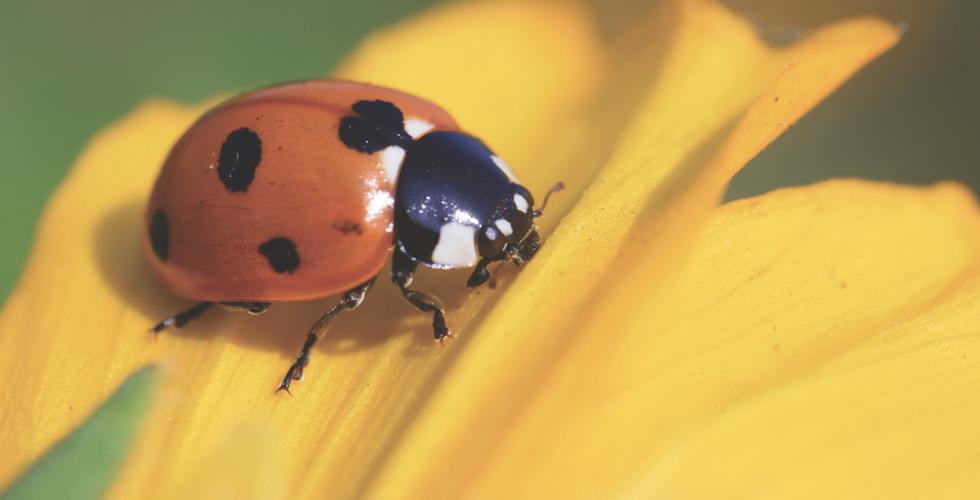
Insects & Bugs for Kids: About Butterflies, Bees, and More
Kids love the thrill of discovery―especially when it comes to bugs. Children can become young entomologists when they learn all about bees, butterflies, spiders, and other creepy-crawlies. Jaret C. Daniels, author of Insects & Bugs for Kids: Butterflies, Bees, and More, presents a kids’ introduction to entomology. From ants and beetles to dragonflies and mosquitoes, this easy-to-understand guide is perfect for beginners.
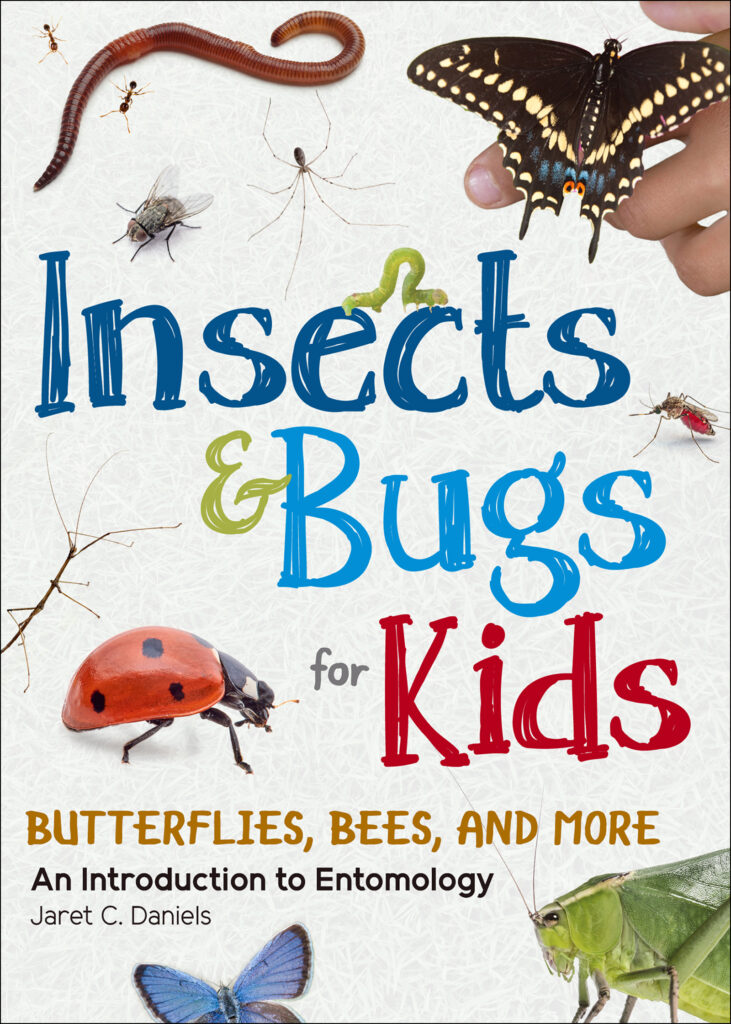
If you want to observe or study bugs, it helps to know a bit more about them first. The term “bug” is generic and typically refers to a wide assortment of small, creepy-crawly critters.
All bugs are arthropods (say it, ar-thro-pods). Arthropods are invertebrates—they don’t have an internal skeleton and bones. Instead, they have an external skeleton,
a segmented body, and jointed appendages, such as legs and antennae.
The arthropods are a large group of animals that includes insects, crustaceans, spiders, centipedes, millipedes, and scorpions. Together they are the largest, most diverse, and widespread group of animals on the planet, representing nearly 85% of all known animal species.
Insects are by far the most familiar and frequently encountered arthropods. They are also incredibly diverse, with over 1 million known species. The vast majority of species on Earth that are yet to be described are likely insects and other arthropods. In fact, scientists conservatively estimate that the total number of insects could exceed 8 million when all are eventually discovered.
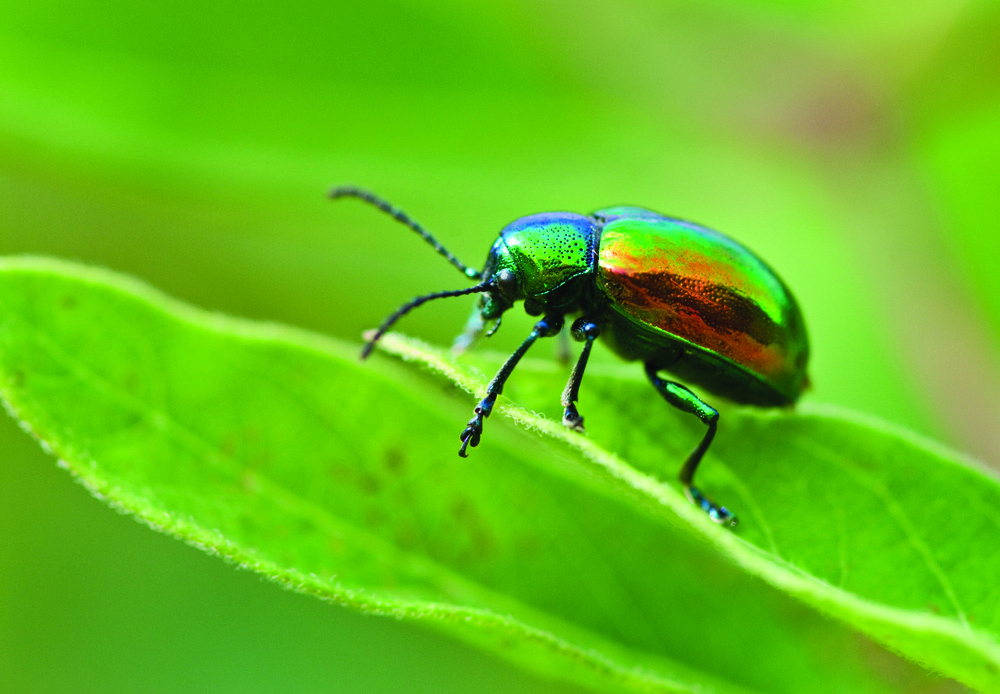
While the vast majority of that amazing diversity exists in the tropics, there are well over 150,000 species of insects in the United States and Canada alone. They are also incredibly abundant. Although it may sound crazy, there are about 1.5 billion insects on Earth for every human being.
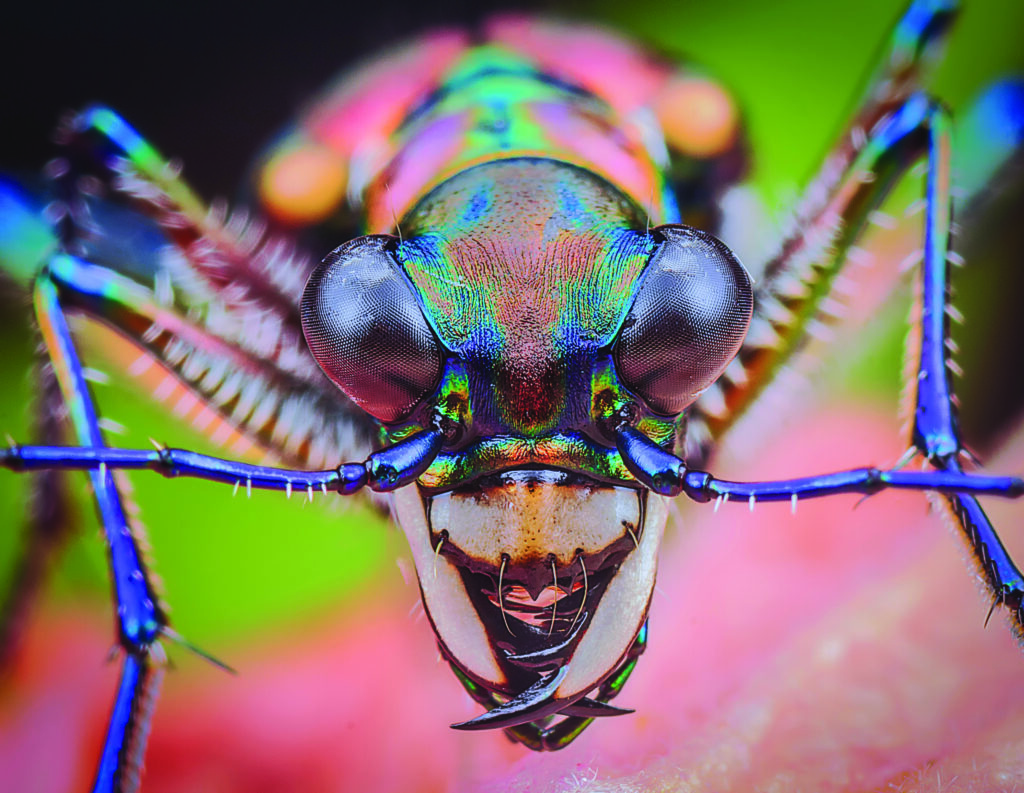
Entomology (say it, ent-o-mall-o-gee) is the study of insects. It is a big scientific field that makes contributions to biology, agriculture, chemistry, human and animal health, conservation, the environment, medicine, and even criminal investigations (forensics). Entomologists work in laboratories and out in nature (fieldwork). They identify new species and uncover evolutionary relationships between species. They help ensure safe and sustainable food production; help us fight plant, animal, and human diseases; work to prevent pest damage to homes, landscapes, and the environment; and many other useful things. They even help conserve rare and endangered species.
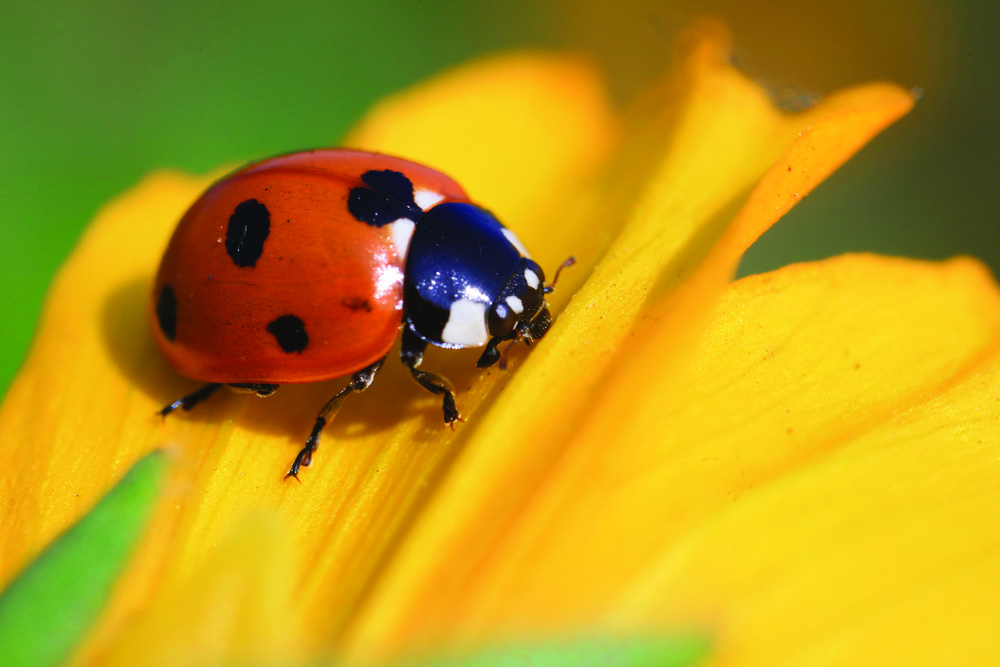
But you don’t have to have a college degree to enjoy or study insects. Anyone can learn about and enjoy insects, and even collect valuable scientific information or make new discoveries. Today, there are also many opportunities for citizen scientists—members of the general public who help collect and analyze data—to contribute. No matter if you’re interested in butterflies, ants, ladybugs, bees, or even earthworms, there are a great many citizen science programs available, and kids can participate in many cases too!
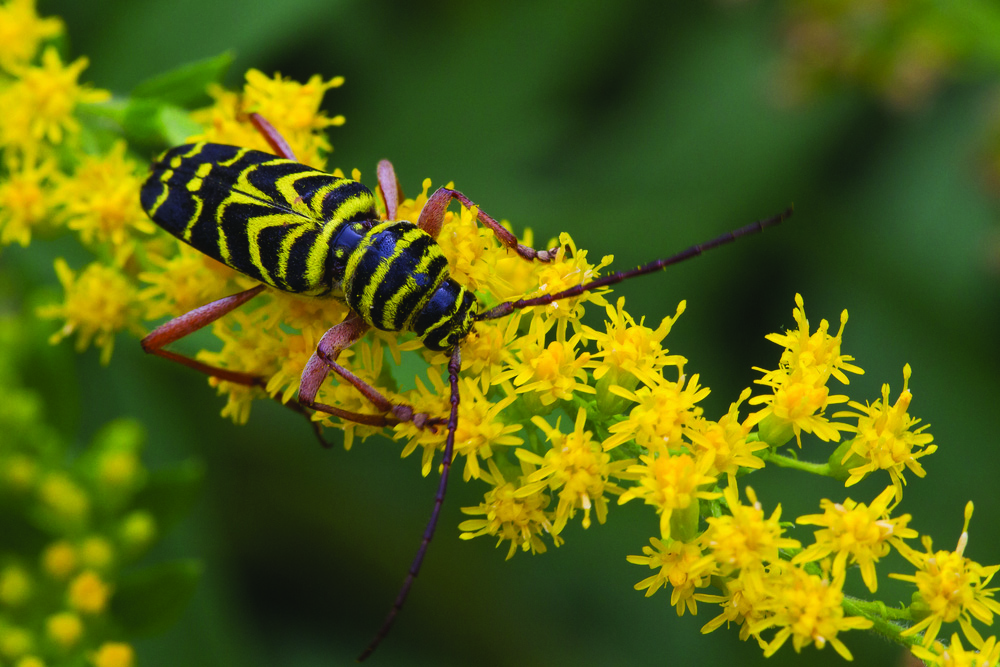
Of course, the first step is probably just exploring and getting to know the many different types of bugs that are right outside your front door.
Order your copy of Insects & Bugs for Kids: Butterflies, Bees, and More here. For more blogs and books about wildlife and nature, sign up for our newsletter now!



Annie Long
This book looks so good–fascinating AND informative, at the same time. Great close-ups, too. The world of insects has the same quality that the undersea world has–it’s infinite. Very cool.
Liliane Opsomer
Thank you Annie. It is indeed a great book and hopefully will turn many young readers into young entomologists.